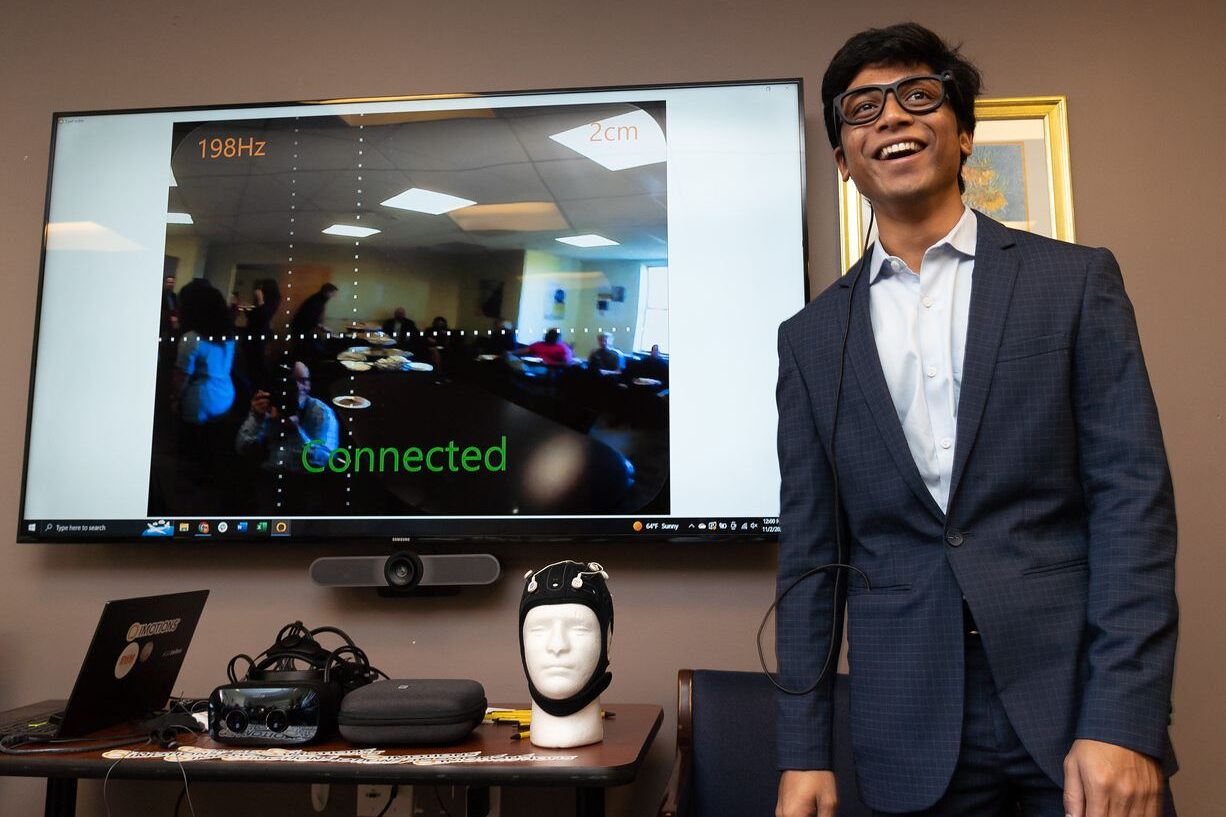The first neuromarketing lab and course of study of its kind in Massachusetts, X-Lab merges innovative technology and behavior tracking to give students and faculty a deeper understanding of how to improve user experience.
Welcome to the X-Lab: An Interview with Professor Müjde Yuksel
What is Neuromarketing?

Neuromarketing is the future of consumer behavior research that goes beyond customer recount and tracks subconscious and/or hard-to-recall reactions to marketing stimuli. By studying the neural and physiological processes underlying consumer behavior, neuromarketers aim to develop more effective marketing strategies and improve the overall customer experience.
Neuromarketing provides insights gained from brain imaging techniques, eye-tracking, facial expression analysis and biometric measurements such as heart rate and skin conductance. By leveraging these insights, marketers can tailor their advertising messages, packaging designs, product features, and overall branding to better resonate with consumers on a subconscious level. Neuromarketing research can also be used to test and optimize marketing campaigns, identify effective communication strategies, and create more engaging customer experiences.
Meet iMotions

X-Lab has been made possible through a generous partnership with iMotions. Founded by Peter Hartzbech, and built with his entrepreneurial team, iMotions is on a mission to educate younger people about how neuromarketing and human behavior research can be applied meaningfully for businesses. Through eye tracking, facial coding, and galvanic skin response, a composition of emotions and unsolicited feelings can be analyzed for marketers to develop more effective campaigns.
“We are so honored to be able to offer our students access to iMotions and their neuromarketing research capabilities. I am looking forward to bringing this cutting edge research to our curriculum and help marketers empower themselves to make more informed marketing decisions to engage consumers.”— Mujde Yuksel, Founder of X-Lab
ColdSnap: A Commercial Lab Study
Two of the X-Lab assistants managed a project for ColdSnap – a company that produces and sells frozen treat systems with an on-demand frozen treat maker and shelf-stable pods with big benefits for sustainability and convenience. They designed and implemented a branding study that focused on the perceptual and physiological responses towards two different packaging designs.
They presented their findings to company executives, delineating design comparisons that combined eye tracking measures (such as TTFF, time to first fixation, on the logo and on the brand name) and self-reported measures (such as affordability perceptions and open-ended evaluations). The discussions provided fruitful conversations around insight into customers’ motivations, preferences, and decisions.



